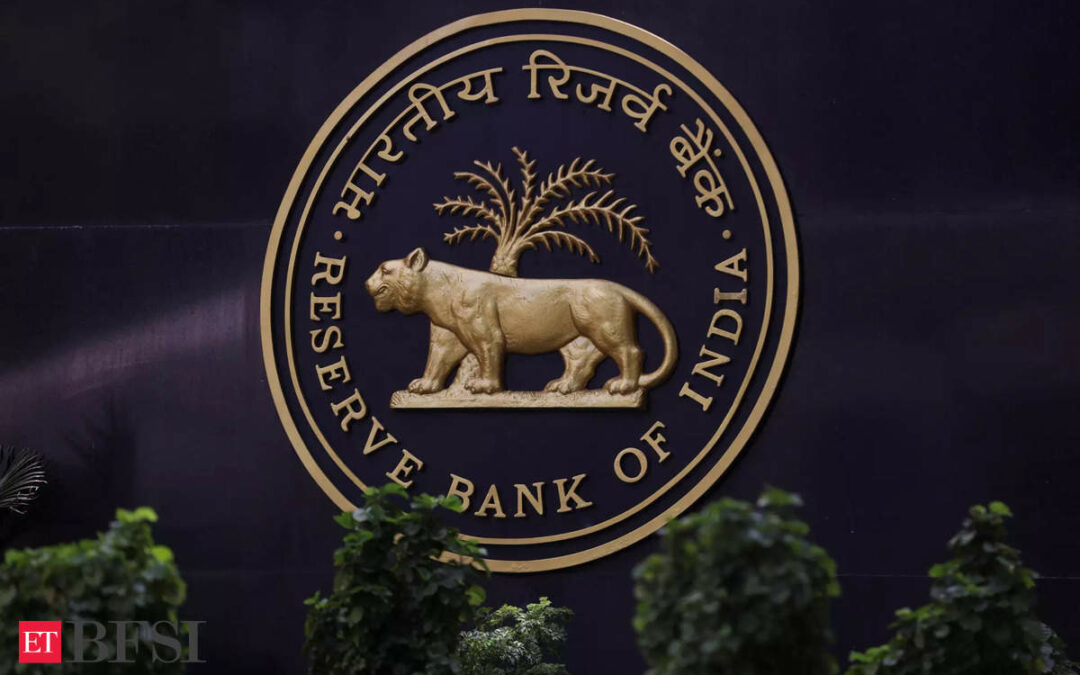Mumbai: The Reserve Bank of India’s move on Friday to inject funds into the banking system despite the prevalence of a headline liquidity surplus reflects an adroit strategy by the central bank to ensure that recent overseas outflows from local capital markets and festival-related cash withdrawals do not drive up banks’ cost of funds, analysts said.
The RBI’s provision of a short-term liquidity window on Friday comes around two weeks after the central bank shifted its stance of monetary policy to neutral from one of withdrawal of accommodation. Money market experts broadly were of the view that the neutral stance, which provides the option for rates to be lowered or raised, signalled more central bank tolerance of easier liquidity conditions than the stance of withdrawal.
On Friday, the RBI infused funds worth Rs 25,000 crore through a Variable Rate Repo (VRR) auction, the first such operation since September 24 when a combination of quarterly advance tax outflows and goods and services tax payments had drained the system of funds. At Friday’s auction, the RBI received bids worth Rs 48,700 crore from banks versus the notified amount of Rs 25,000 crore, reflecting the need for funds from lenders.
“This appears like a fine-tuning exercise because headline liquidity as on October 24 is still in surplus. The reason is maybe because over the last few weeks, there has been some amount of pressure in the currency market, and it is likely that the RBI would have intervened,” said Vivek Kumar, economist, Quanteco Research.
“The second aspect is that some part of the recent decline in liquidity surplus is because of the GST outflows while the third reason is that we are entering the Diwali phase which is typically a phase of very cash-heavy demand,” he said.
With foreign portfolio investors having pulled out funds worth a record $9.6 billion, or Rs 80,954 crore, from Indian equity markets so far in October, the rupee has faced pressure, weakening past the 84/$1 mark for the first time earlier this month. The pace of depreciation in the currency, however, has been contained, likely due to interventions by the RBI in the form of dollar sales, analysts said. The RBI’s stated position is that it intervenes in the currency market to prevent excess volatility in the exchange rate.
India’s foreign exchange reserves fell by another $2.163 billion in the week ending October 18 to $688.26 billion. This is the third week in a row that the forex reserves fell – cumulatively by $16.61 billion from the all-time high of $704.88 billion, according to RBI data.
Dollar sales by the RBI drain the banking system of rupee liquidity. On Wednesday, surplus liquidity in the banking system – as measured by absorption of funds by the RBI – dropped to a one-month low of Rs 57,428.30 crore, central bank data showed. The shrinking cash surplus with banks pushed up the weighted average call rate (WACR) to 6.75% on Wednesday, 25 basis points higher than the repo rate of 6.50%.











